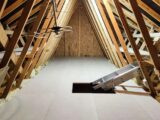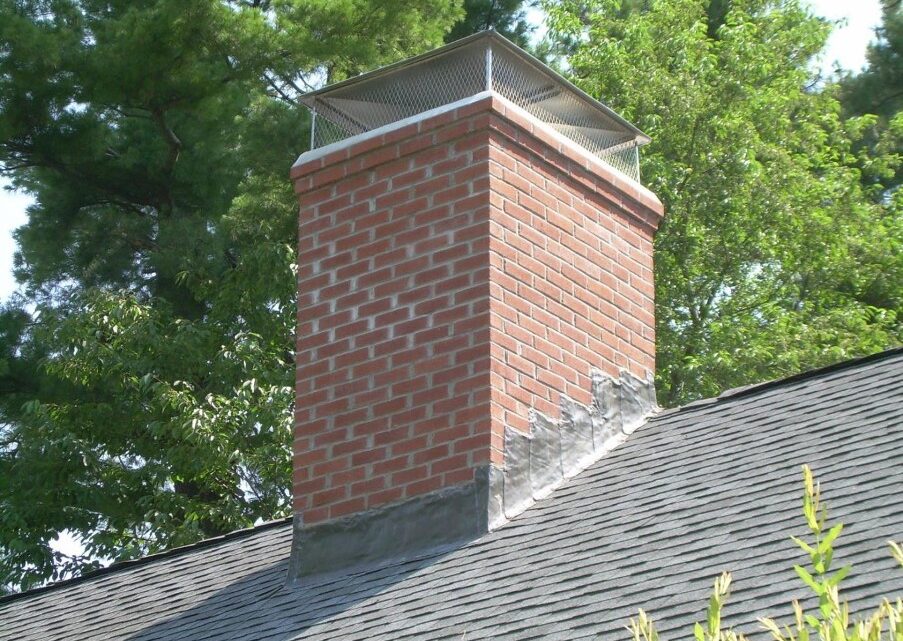
Chimney Maintenance Essentials: A Homeowner’s Guide
October 16, 2023A chimney, with its flickering flames and cozy warmth, is often the heart of a home. But to keep it functioning safely and efficiently, regular maintenance is crucial. Many homeowners, however, overlook this vital aspect of home care, leading to potential hazards and costly repairs.
In this comprehensive guide, we’ll explore the essentials of chimney maintenance, empowering homeowners to ensure their chimneys remain in top-notch condition.
1. Annual Inspections: The Foundation of Safety
The cornerstone of chimney maintenance is an annual chimney inspection by certified professionals. Trained experts can identify issues like creosote buildup, cracks, or blockages, preventing them from escalating into significant problems like structural damage. During these inspections, professionals assess not only the visible parts of the chimney but also its internal structure, ensuring every component is in optimal condition.
2. Regular Cleanings: Eliminating Creosote Buildup
Creosote, a byproduct of burning wood, accumulates inside the chimney over time. If not cleaned regularly, it can ignite, causing chimney fires. Professional chimney sweeps can remove creosote, ensuring safe operation. Additionally, regular cleanings prevent blockages caused by debris, bird nests, or other foreign objects, ensuring proper ventilation and preventing harmful gases from entering your home.
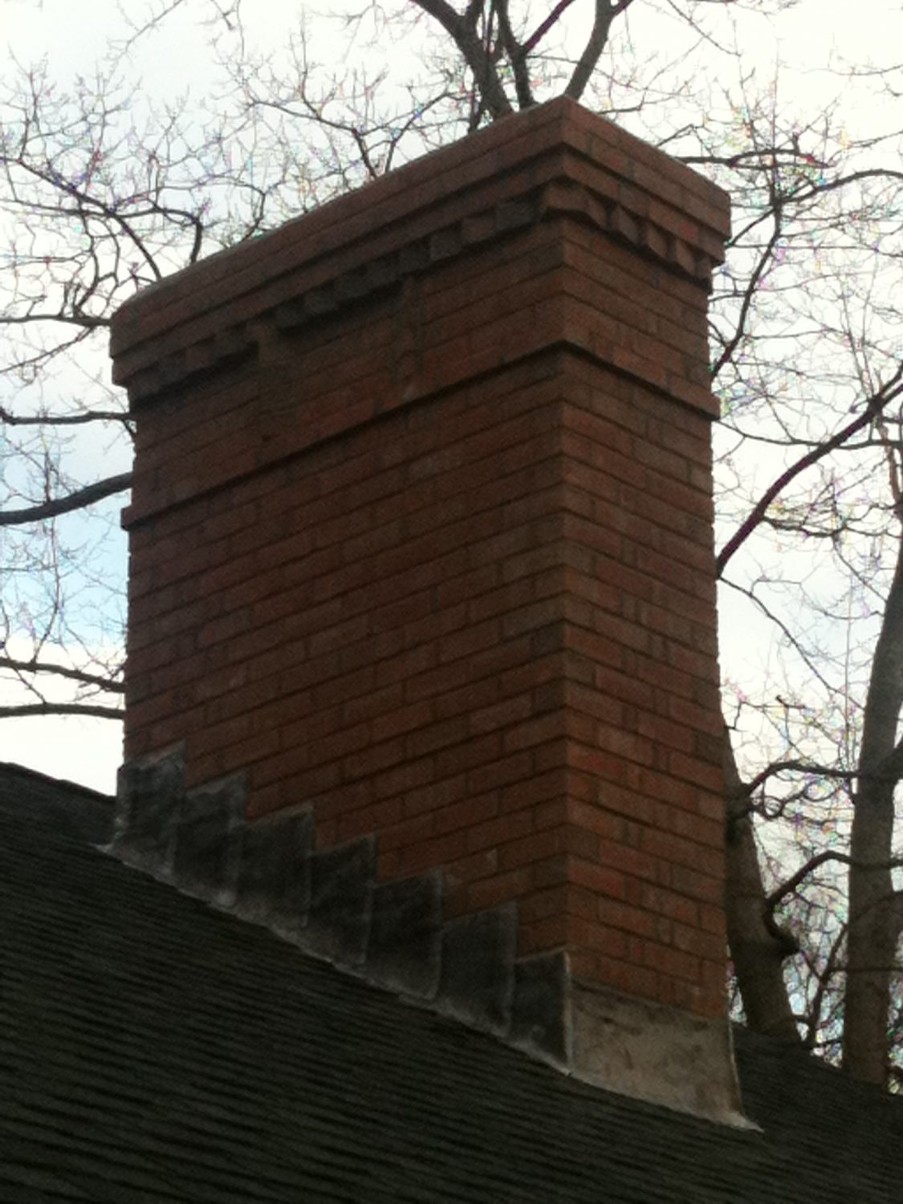
3. Quality Chimney Caps: Guarding Against Hazards
Installing a chimney cap with a mesh screen not only prevents animals and debris from entering but also acts as a spark arrestor, minimizing the risk of roof fires caused by stray embers. These caps play a crucial role in safeguarding your home and your chimney from various hazards, making them an essential part of chimney maintenance.
4. Addressing Masonry Issues: Preserving Structural Integrity
Cracks or crumbling mortar joints compromise the chimney’s structure. Tuckpointing, a repair method where damaged mortar is replaced, strengthens the chimney and prevents further deterioration. Regular maintenance ensures that minor issues are addressed promptly, preventing them from becoming major structural problems that necessitate extensive repairs.
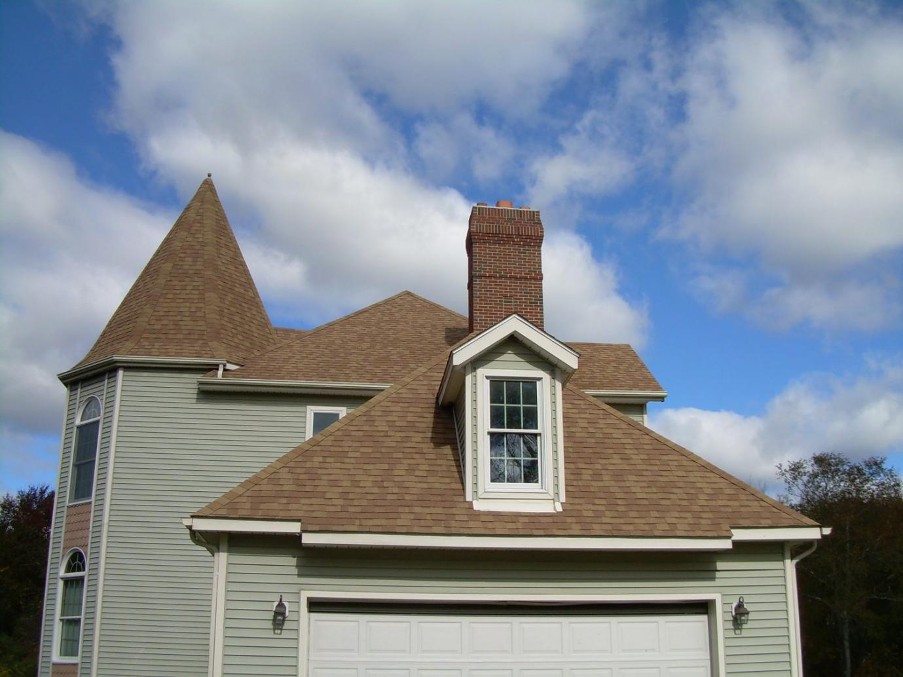
5. Waterproofing: Shielding Against Water Damage
Applying a water-repellent sealant protects the chimney from water damage, preventing issues like spalling (surface flaking) and extending its lifespan. Waterproofing is a vital step in chimney maintenance, especially in regions prone to heavy rainfall or snowfall. It creates a protective barrier, preserving the integrity of the chimney and preventing costly water-related repairs.
6. Maintaining Proper Ventilation: Ensuring Efficiency and Safety
Adequate airflow is vital for efficient combustion and the removal of smoke and gases. Blocked vents or a malfunctioning damper can hamper ventilation, affecting both efficiency and safety. Regular checks during chimney maintenance ensure that ventilation systems are functioning correctly, guaranteeing proper airflow and preventing harmful gases from entering your living space.
7. Installing a Chimney Liner: Enhancing Safety and Efficiency
Chimney liners protect the chimney walls from heat and corrosion. If your chimney lacks a liner or the existing one is damaged, installing a stainless steel liner enhances safety and efficiency. It promotes smooth airflow, prevents heat transfer to combustible materials, and ensures proper combustion, reducing the risk of chimney fires and enhancing the overall efficiency of your chimney.
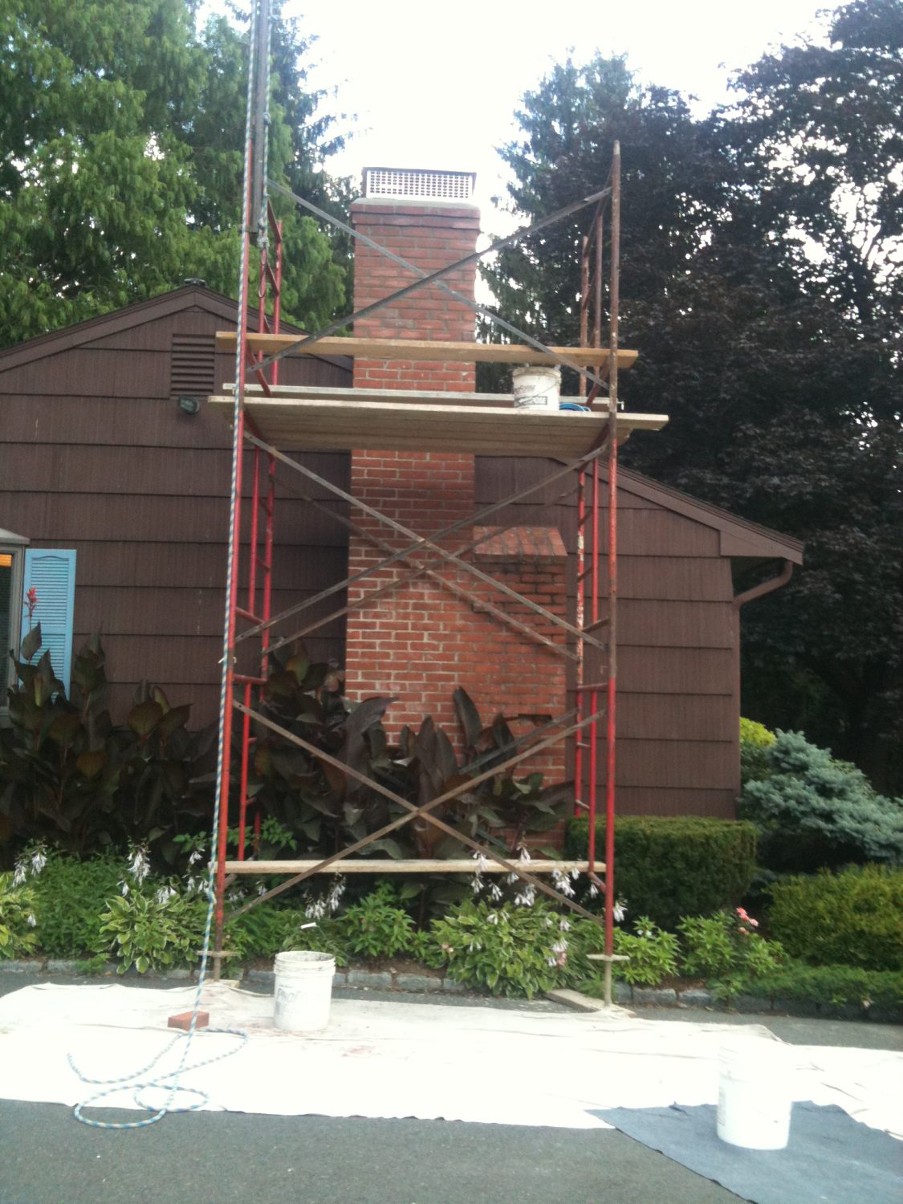
8. Choosing the Right Wood: Responsible Burning Practices
If you have a wood-burning fireplace, the type of wood you burn significantly impacts chimney maintenance. Opt for seasoned hardwood, as it burns cleaner and produces less creosote compared to green or unseasoned wood. Responsible burning practices not only maintain your chimney’s cleanliness but also reduce the frequency of cleanings, saving you both time and money in the long run.
9. Safe Burning Practices: Preventing Hazards
Beyond choosing the right wood, safe burning practices are essential for chimney maintenance. Avoid overloading the fireplace with logs, as excessive heat can damage the chimney’s interior. Additionally, never burn paper, cardboard, or treated wood, as they can release harmful chemicals and cause rapid creosote buildup. Responsible burning practices minimize the risk of chimney fires and ensure the longevity of your chimney.
10. Handling Chimney Leaks: Preserving Your Home’s Integrity
Addressing leaks promptly is crucial in chimney maintenance. Whether due to damaged flashing, a cracked crown, or deteriorated masonry, timely repairs prevent water infiltration, preserving the chimney’s integrity and preventing structural damage to your home. Regular inspections are essential in identifying potential leak sources, allowing homeowners to take proactive measures and avoid costly repairs in the future.
Hire Creative Masonry and Chimney for All Your Chimney Needs
Maintaining a chimney might seem daunting, but with the right professionals by your side, it becomes a seamless process. The team at Creative Masonry and Chimney specializes in comprehensive chimney services Hartford CT, West Hartford, and Farmington. From meticulous chimney inspection CT and sweeps to expert chimney repairs, repointing, and leak fixes, we have the expertise to keep your chimney in optimal condition. Don’t compromise on safety and comfort.
Contact them today to get started.




